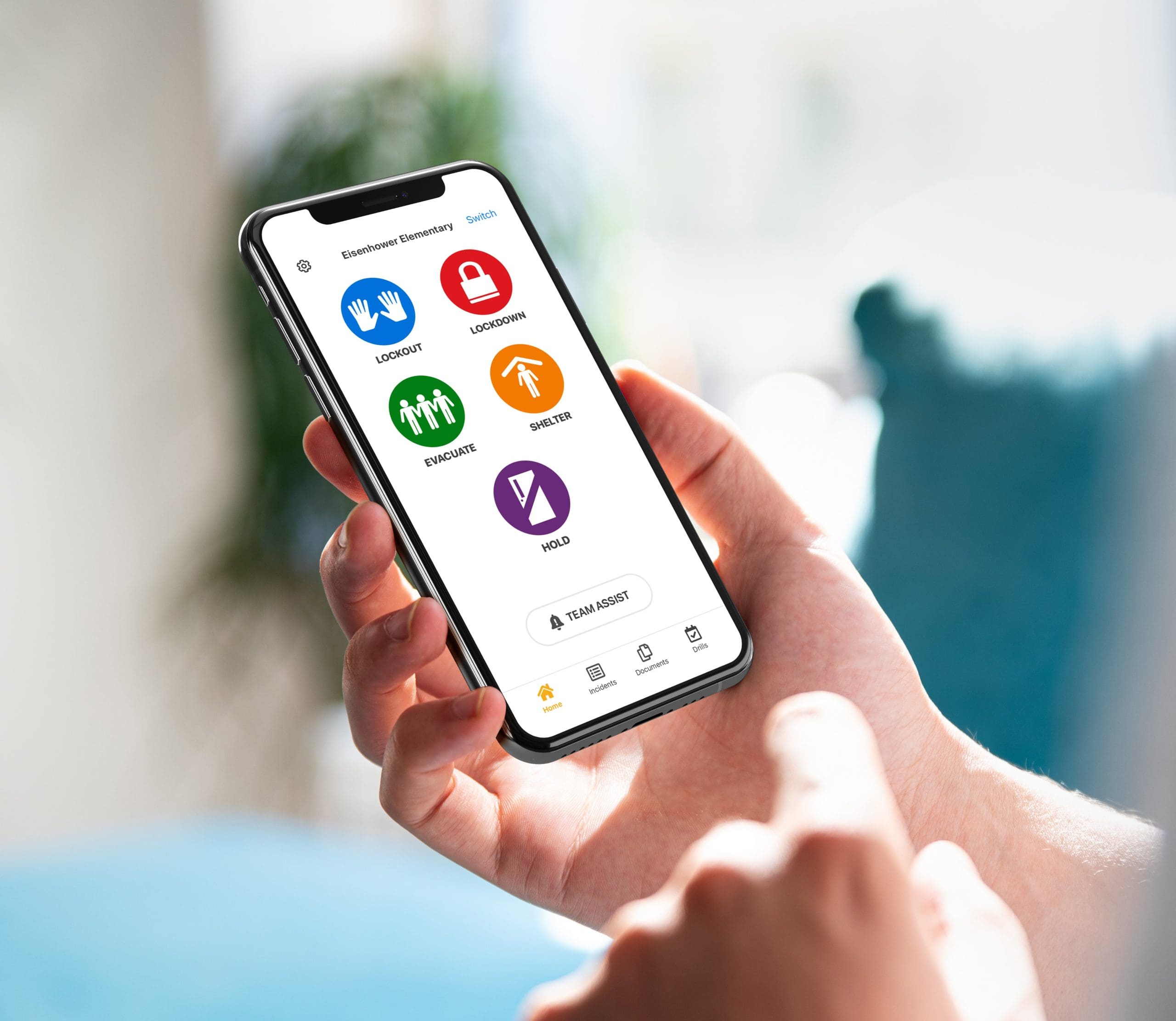Although eager and excited to fully reopen as infection rates decline, school leaders are concerned about the potential increase in violence that experts warn we may see as students come back to the classroom. This makes it even more critical for schools to be prepared for both localized incidents and large emergencies.
David Rogers, CMO of Raptor Technologies, spoke with Robin Hattersley, the editor-in-chief of Campus Safety Magazine, about reopening K-12 schools in the post-pandemic world and why schools need mobile panic button solutions to maintain a safe environment. Rogers also shared insight into how schools can leverage ARP ESSER funding to purchase school safety software.
Below is a summary of the conversation. Watch the full interview above.
Robin Hattersley [RH]: Over half of the K-12 respondents from our Campus Safety Emergency Notification Survey said they are in support of having state or Federal regulation requiring mobile, silent panic alarms. Is this aligned with what you’re hearing from Raptor customers?
David Rogers [DR]: We are seeing several states adopting versions of Alyssa’s Law, which is named after Alyssa Alhadeff, a victim of the Marjory Stoneman Douglas High School tragedy. New Jersey was the first state, followed by Florida. Arizona, Nebraska, New York, and Texas are currently considering some version of this law, and it is quickly gaining traction at the Federal level as well.
This legislation addresses law enforcement response time when a life-threatening emergency occurs at a school. It revolves around putting a mobile panic alert system in the hands of all school staff, so that they can instantly identify the emergency and get the help they need. This is critical because time equals life, and the faster you can get first responders on the campus, the more lives are going to be saved.
Raptor Alert, our Alyssa’s Law-compliant mobile panic alert system, gives staff and first responders the situational context of the emergency, including the type and location of the emergency, while also providing real-time information on each student or staff member, such as who is marked injured.
RH: As kids return to school this fall, with many having done remote learning throughout the pandemic, there are a lot of concerns about social and emotional issues. Does Raptor Alert enable teachers and staff to summon help on a local level?
DR: The consequences of social isolation and school disruption for students has been devastating. Depression and anxiety rates are increasing, and we are seeing increases in suicidal threats and potential violence. When we took the students out of classrooms and put them into remote learning, these students not only lost sense of structure, but also a place where they could just play with their friends and talk to their peers.
There is a lot of federal funding that can help schools respond to these issues, including hiring more counselors or implementing social, emotional, and mental health programs. We must think about how to include safety as well.
Raptor Alert has Team Assist that allows schools to customize scenarios, such as a student fight, suicidal threat, or a case of COVID, so they can summon the right help discreetly. Schools can also upload their protocols directly in Raptor Alert so teachers can confirm each step they should take when responding to certain situations.
RH: You mentioned federal funding that is available. What is this funding, and can schools use it to purchase Raptor?
DR: The ESSER funding—through the CARES Act, CRRSA Act, and ARP Act—include over $190 billion in funds for K-12 schools. Raptor software fits into ESSER with:
- COVID-19 Health Screening and Contact Tracing: Raptor Visitor Management sends daily health questionnaires to staff members and student guardians before they leave for school each day. Raptor offers on-site health screening for visitors, contractors, and volunteers. Raptor Visitor Management screens and tracks everyone coming into the building so you can better contact trace if a someone subsequently tests positive after being on campus.
- Volunteer Screening and Management for Learning Loss and/or Tutoring Programs: Many kids are not at grade level, so schools need to leverage this funding to hire volunteers, extra teachers, and contractors to assist with summer learning and tutoring programs to help students return to grade level. With Raptor Volunteer Management, schools can screen and approve each volunteer with thorough background checks and track their hours.
- Team Assist and Mobile Panic Button System: With Raptor Emergency Management, schools have the solution to summon the right help for both localized and school- or district-wide emergencies.
Using ESSER Funds for Long-Term School Safety Investments
Districts can maximize this funding to purchase the tools needed to safely reopen, respond to COVID-19, and maintain a safe learning environment long after the pandemic ends. Download Raptor’s comprehensive guide to learn more about how to use ESSER funds to safely reopen and stay open.








